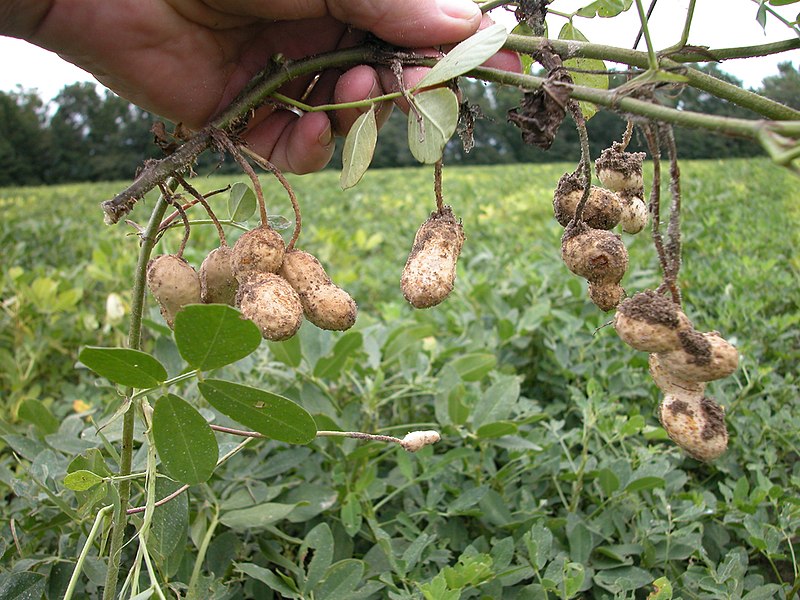Peanut genome sequenced with unprecedented accuracy
Date: 6.5.2019
Improved pest resistance and drought tolerance are among potential benefits of an international effort in which Agricultural Research Service (ARS) scientists and their collaborators have produced the clearest picture yet of the complex genomic history of the cultivated peanut.
 Scientists undertook this large project to better understand the molecular and cellular mechanisms that underpin the peanut plant's growth and development, as well as the expression of desirable traits, like high seed yield, improved oil quality and resistance to costly diseases and pests such as root knot nematodes.
Scientists undertook this large project to better understand the molecular and cellular mechanisms that underpin the peanut plant's growth and development, as well as the expression of desirable traits, like high seed yield, improved oil quality and resistance to costly diseases and pests such as root knot nematodes.
Cultivated peanut, Arachis hypogaea, is an important grain legume and oilseed crop, with a total global production area of approximately 59 million acres. Besides oil, peanut seed contains protein, vitamins and other nutrients. United States peanut production, valued at $2 billion annually, extends from Virginia south to Florida and westward to New Mexico.
The story of the cultivated peanut begins several thousand years ago in South America, where the genomes of two wild ancestors, A. duranensis and A. ipaensis, merged in a rare genetic event. The result, in modern-day peanuts, is a complex genomic blend that's nearly as big as the human genome, which is about 3 billion DNA base pairs.
Now, using advanced DNA sequencing equipment, the researchers have sequenced the two merged genomes in a single commercially grown peanut, namely 'Tifrunner,' filling in knowledge gaps that the previous effort missed.























